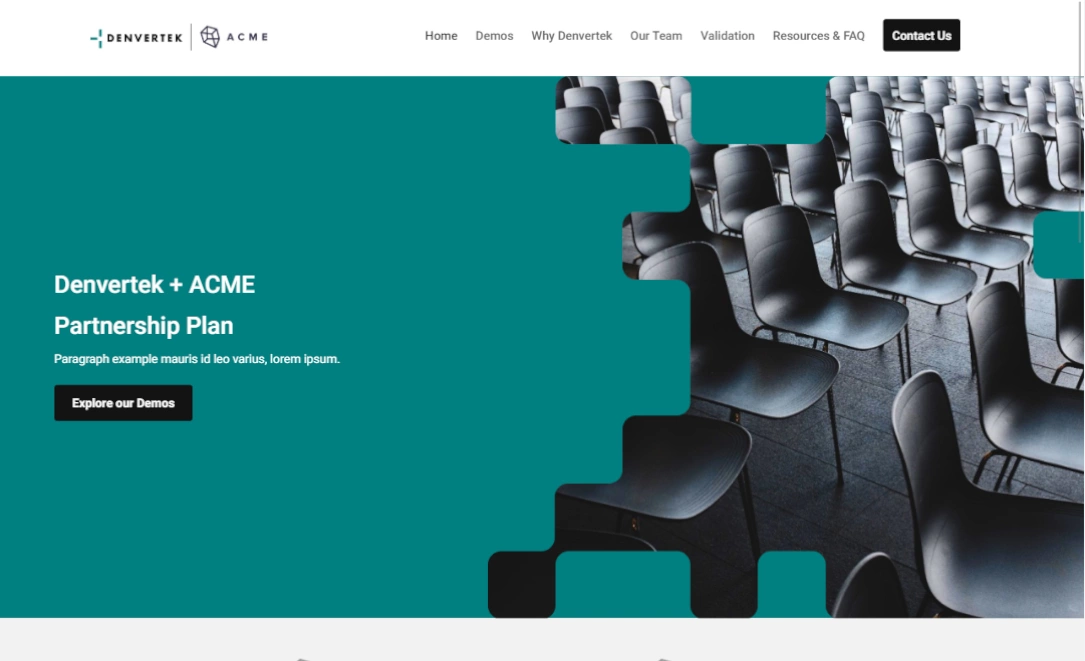If you’ve ever been on the receiving end of a poorly-written, unpersonalized cold email, then you know how quickly they can end up in the Spam folder. Luckily, mastering the art of the cold email doesn’t have to be a frustrating and time-consuming process, and can even be a great boost to your business.
In this guide, we’ll outline what a cold email is, whether they work, and how you can increase your chances of success. Then, we’ll walk you through a step-by-step guide of how to write a cold email to a potential client.
What is a cold email?
Cold emailing, like cold calling, is when you reach out to a potential or prospective client as your first means of communication. In other words, you don’t have any relationship with this person or company and it’s even possible they’ve never heard of you or your product. It’s this lack of context or pre-existing contact that makes cold emailing so difficult to master.
Most of the other emails you send (such as promotional offers or client quotes) are only written after a potential client or customer has willingly given you their email and signaled they’re open to hearing more about you. In that sense, you can consider the email as part of an ongoing dialogue. A cold email, meanwhile, is a true introduction – and first impressions count.
Do cold emails work?
Many people think cold emails don’t work and are a waste of time and resources, but thankfully that isn’t the case. While poorly-written cold emails are unlikely to be effective, it’s possible to build an entire business off of a good cold email strategy.
However, to be successful, a cold email needs to be two key things:
- Personalized
- Offering a product or service that your lead might truly want or need
That being said, cold emailing doesn’t need to be the only method you employ as a part of your marketing strategy. A multi-pronged approach that includes everything from social media marketing to custom microsites can help you to capture (and convert) leads at different parts of the sales cycle.
Cold emailing tips
Before we get into how to write a cold email, let’s briefly review the basics:
- How do you find out who to email? There are a few good options. One is to guess using one of the typical email formats (i.e., firstnamelastname@company.com), another is to search for social media profiles and find them that way, and yet another is to simply search on the company’s website.
- How many cold emails should you send per day? Start small and increase from there. A good rule of thumb is to start with about 10–20 emails per day (all to different potential customers/companies).
- How long should a cold email be? Aim for 50–125 words or about two to five sentences. You want to keep things short and to the point so you don’t lose your target’s interest.
How to write a cold email: a step-by-step guide
Now that you understand the importance and the value of cold emailing, let’s walk through exactly how to write a great one.
Step 1: establish specific domains & warm up your new accounts
First things first: do not use your regular work email to send cold emails! In fact, you don’t even want to use a secondary email if it has the same domain as your primary. If your cold email is received poorly or simply marked as spam, it risks getting every email from your company sent to the trash bin automatically. Instead, set up a domain specifically for cold emails with a name similar – but not identical – to your company name.
Once your email is ready to go, you’ll need to “warm up” the domain for a few weeks before you can use it for cold emailing. Essentially, your new email needs a track record of sending legitimate emails to ensure it won’t be misinterpreted as spam by the service provider. To do this, send about 10–20 emails per day to friends and colleagues for a few weeks to establish a proper history.
Step 2: craft a captivating subject line
Your subject line deserves as much thought as the email itself because it’s what’s going to convince the reader to open the email in the first place. Be thoughtful, but be wary of gimmicks. A goofy or shocking subject line might get someone to open your email, but it’s unlikely to get them to take you or your offer seriously. Instead, think carefully about your target audience and the brand image you want to convey. Then go for something customized and intriguing.
Don’t hesitate to ask your marketing department for help here, either! After all, they’re spending a good chunk of time every week doing just this.
Step 3: include a personalized one-liner
A personalized one-liner is your email’s icebreaker. Use what you know about the potential client you’re emailing and what their pain points are. This will show that you understand where they’re coming from, and provides a perfect opening to immediately suggest the ways your product or service can help solve that problem.
That doesn’t mean you need to get straight to the main offering of your email, but it does mean you shouldn’t be filling this crucial part of your email with fluff. Again, it’s tempting to use gimmicks here, but try and steer clear – you’re far more likely to isolate your prospect than engage them. Aim to be direct, honest, and avoid cliches.
Step 4: name your offering (and how it meets the client’s pain points)
Once you’ve set yourself up with a one-liner, you can move into the details. Armed with accurate and up-to-date information about your potential client, briefly address their chief pain point. Then you can pivot to how your company specifically can solve that problem.
This isn’t the time to get overly technical or to do a deep-dive into all of the features of your product or service, however. This can be overwhelming for the recipient. Instead, keep things short and sweet (don’t lose sight of that word count). There will be plenty of time to offer more information when your potential client replies.
Step 5: include proof to back up your claims
It’s one thing to say you can solve a potential client’s problem, it’s another to prove it. Part of your research, before you write your cold emails, should be collecting and compiling data to support your claims. Case studies are a great way to prove to prospects that your product is the real deal and capable of delivering what you promise.
While other forms of social proof have value, in cold emails it’s best to stick to those that feel the most official and objective. After all, the recipient doesn’t know you so you’ll want to put your most trustworthy face forward.
Step 6: wrap up with a strong Call-to-Action (CTA)
Finally, your email should end with a clear call-to-action or CTA. That means when the reader reaches the end of the email, they should not only know exactly what you’d like them to do next, but they should feel compelled to do so. This could be anything from arranging a meeting to simply replying to your email.
Remember to keep your CTA simple and relatively easy to accomplish to increase the chance of your reader following through.
Seal the deal with a personalized proposal microsite
Zoomforth is the perfect next step in your sales journey. Have you had a client respond to a cold email? A personalized microsite can be the perfect way to invite your prospect to explore your product or service further, on their own schedule.
Thanks to simple no-code drag-and-drop tools, building your sites is simple. Even better? There’s no limit to how many sites you can make, so you never need to worry about running out of space. Request a demo today to create the follow-up your cold emails deserve.



